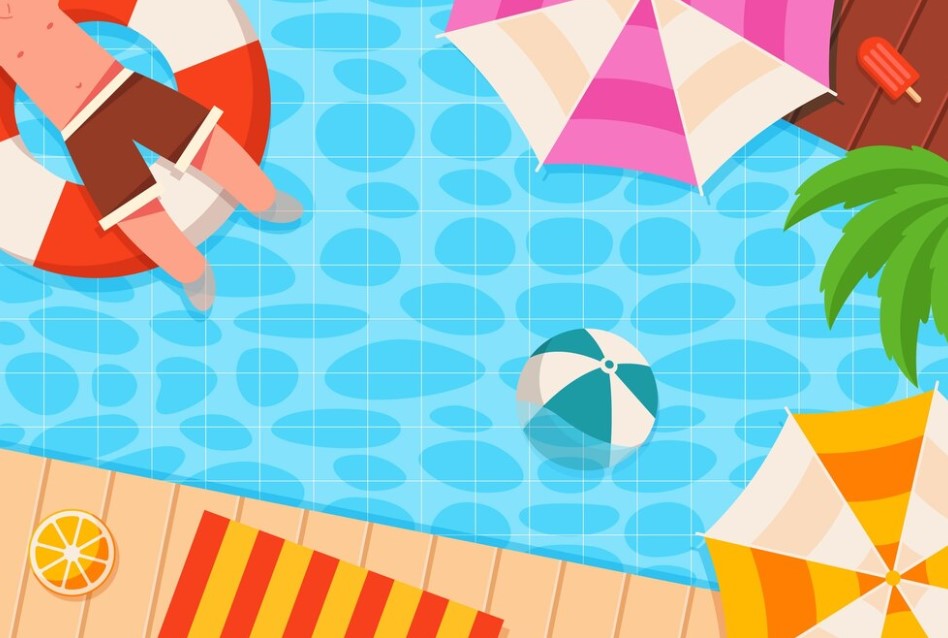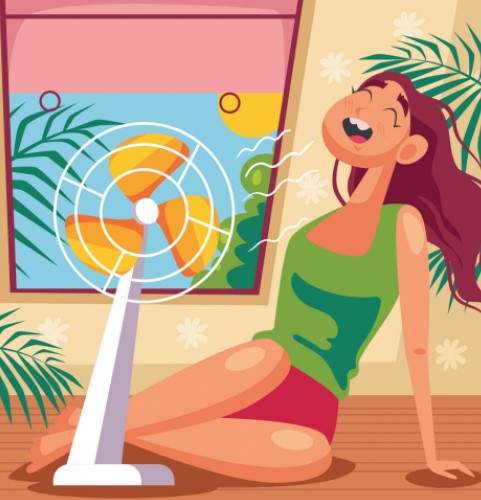
Nowadays, there seems to be only two kinds of weather in the Philippines: hot and hotter. The last few weeks have been sweltering, to the point that schools have had to cancel classes to protect students from dangerous heat. Not just kids, but adults are complaining of the high temperatures sapping their energy and making it difficult to work and sleep. For those fortunate enough to have air-conditioning, the electricity bills are going to be very heavy, and the increased demand on the power grid may trigger brownouts anew, anew, further exacerbating the suffering.
The effects of excessive heat on health can be severe and deadly. The human body is made up of about 60 percent water, and dehydration can result in electrolyte imbalances and kidney failure. Water is essential to the body’s temperature regulation and a lot of fluid can be lost due to sweating as the body tries to cool itself down. Sweating also means lost salt and other electrolytes, and these need to be replaced as soon as possible along with the lost water. Low sodium and low potassium can cause seizures and cardiac arrhythmias respectively. If the body temperature cannot be brought down properly, heat exhaustion and heat stroke can occur. If not rapidly reversed especially in the very young and the elderly, death can occur.
Here are a few tips for staying cool and safe during this heat wave:
Wear loose clothing and breathable fabrics.
T-shirts, shorts, and tank tops are less likely to retain heat although they probably won’t do for work. Cotton polos and chinos can work better at work. Light colors reflect more heat and stay cooler. Avoid long sleeved shirts, blazers and neck ties. Somenewer high-tech fibers are “moisture-wicking” and tend to dry faster after sweating. Of course, you can go “au naturelle” as suggested by a former health secretary, but make sure you do so in private.
Bring an insulated reusable water bottle and drink often.
Using an insulated water bottle keeps water colder for a longer period of time and is also more environmentally friendly than disposable water bottles. Drink whenever you feel thirsty and monitor your urine output. If your urine looks dark and concentrated, or you haven’t peed the whole day, you probably aren’t drinking enough water and this can harm your kidneys.
Stay indoors as much as possible and avoid going out when the sun is at its peak.
It is best to time outdoor activities in the early morning or at dusk. If you must go out at noon and the sun is beating down on you, wear a hat to protect your head or use an umbrella. Wear sunscreen to protect your skin and shades to protect your eyes. Avoid prolonged strenuous activities when the temperature is high and especially if it is humid since this can lead to heat stroke.
Use oral rehydration solutions or similar preparations if you sweat a lot during activities.
Water alone will not replenish lost electrolytes. There are oral rehydration solutions and other preparations that can replace these. Properly formulated sports drinks without too much sugar can also be used. Alternatively, consuming foods with electrolytes, like bananas that are rich in potassium and salted foods that have sodium along with enough water will also do the job.
Recognize the signs and symp- toms of heat cramps, heat exhaustion and heat stroke and promptly seek medical attention.
Heat cramps which are painful muscle spasms in the legs and abdomen after heavy sweating may be the first sign of heat-related illness. Ignoring them may lead to heat exhaustion or stroke. Applying firm pressure on cramping muscles or gently massaging them can relieve the spasms. Gentle hydration and cooling down are needed to recover. See a doctor if the cramps last longer than one hour. More aggressive rehydration may be needed.

Heat exhaustion is the precursor to heat stroke. People with heat exhaustion often
sweat heavily, are nauseated or dizzy, feel weak, and are thirsty. If you have these signs and symptoms of heat exhaustion, move to a cooler area, sip cool water, and loosen clothing. Seek medical attention if the symptoms do not improve or they get worse. Heat stroke on the other hand is a medical emergency.
Heat stroke usually presents with confusion, dizziness, and in some cases the patient loses consciousness. Often, the patient paradoxically stops sweating due to severe dehydration and the temperature shoots up above 40°C. Some children can have seizures. The patient should be moved to a cooler area, clothing loosened and extra layers removed. If available, the patient should be cooled with water or ice. This is a medical emergency.
Aside from the personal impact of the heat, increased temperatures can lead to other disastrous consequences. Weather pattern changes lead to stronger and more frequent storms. Drought impacts the food supply and increases the chances of wild-
fires. Higher temperatures in temperate countries enable disease-causing mosquitoes and other disease-carrying insects to invade new ground. For instance, locally transmitted dengue and malaria are now occurring sporadically in the continental United States. The impact of global warming also affect ecosystems from which can emerge new viruses of pandemic potential and other disease-causing organisms.
The current heatwave is consequence of global warming. The long-term solution for this problem is that each of us must take responsibility for how we treat the environment. We need to reduce reliance on fossil fuels, reuse and recycle, conserve water and other nonrenewable resources, and educate those around us about the need to take care of our planet. In the meantime, do your best to stay safe and cool this summer.